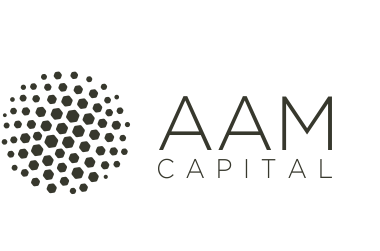True "operating" Leasing
When customers are acquiring large volumes of equipment, or plan to use it for a short or medium operating period a true lease (often still called an operating lease) is an alternative option. We take into account the estimated value of the equipment at the end of the lease, so that you only pay for the share of the equipment life that you use.
Because we take residual investments in the assets that businesses need to acquire our investments ensure that our pricing is competitive, reduce the amount of capital a business needs to repay and can enable off-Balance Sheet structuring in some circumstances, for those businesses that require it.
We aim to give our clients the flexibility and tools they need to plan their businesses finances when acquiring equipment, to help manage their equipment estate post acquisition and to upgrade assets when needed, all whilst reducing administration and the total cost of ownership.
AAM has access to substantial funds to invest in asset based transactions and we invest
by taking a residual risk in the assets. We can take all of the risk or it can be shared with another lender or the equipment vendor, who then shares in any upside.
In addition, with our true lease product we can cover the utilization risk in rental portfolios, short or medium term, all or as a shared risk and we can provide asset backed mezzanine strips, within project structures.
AAM can enter true lease transactions at various stages, at the beginning working with the borrower, the supplier, senior lender and/or the arranger and also at mid or late in the (lease) term, purchasing residual asset positions from a senior lender, or to help the deal economics by purchasing the future equipment title.
In addition we work with end users who are about to embark on major asset-based projects, where we can help by project managing all aspects of a transaction including senior debt, mezzanine financing and residual risk, tax structuring and the documentation of transactions to suit end users and suppliers, whatever their business model.



